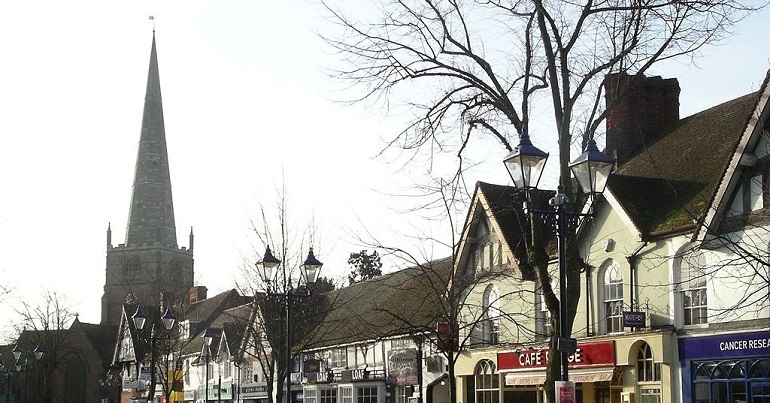Green Party local election previews: West Midlands
Local elections are right around the corner. Thousands of new councillors are set to enter local government in England and the north of Ireland. Nearly 200 Greens are currently elected to local authorities across the UK. On May 2, both the Green Party of England and Wales and the Green Party in Northern Ireland are hoping to add to their tally.
Bright Green is taking a look at some of the most interesting races for the Greens – highlighting the candidates, reviewing the campaigns, and previewing what could happen on polling day.
Next up in our previews is the West Midlands.
The joint largest Green group in the country

People moving in Green circles around 2010-15 would hear time and time again about the ‘West Midlands model’ – a method of election campaigning the Green Party of England and Wales wanted to roll out across the country.
Central to the model was the incredible Green success story of Solihull. In Solihull, the Greens have 11 councillors, currently the joint highest number in the country. Greens have been gaining seats at a remarkable rate as well as securing enviable vote shares in the wards they hold. In 2018, they picked up over 60% of the vote in three of the wards they held. In Chelmsley Wood, they won an eye-watering 78% of the vote.
In three wards, the Greens have representation, but are yet to take all seats. In each of these, the Greens won’t be defending any of their seats this year. This means the Greens are looking at three potential gains once all the votes have been counted.
In Shirley West ward the Greens picked up 52% of the vote in 2018, well ahead of the Conservative who placed second. A similar result tonight would see the Greens add to their tally. Shirley South was one of those wards that the Greens picked up more than 60% last year, so another gain is on the cards there too. Likewise with Castle Bromwich, where the Greens hold just one seat at present.
Winning all three in one night would be a huge coup. But it isn’t outside the realms of possibility. If the Greens pull it off, they would push the council closer to falling into no overall control, and booting the Tories out of office.
Over the hills and far away

We move outside of the main West Midlands conurbation now to the small Worcestershire spa town of Malvern. Set against the backdrop of the Malvern Hills, the town’s geography is in stark opposition to the great cities of the Midlands.
It also has a particular political context seen in few other places. The Greens currently hold three seats on Malvern Hills District Council. There are four Liberal Democrats, seven independents and the rest of the council is made up of a massive governing bloc of Tories. In the last elections here, the Labour Party stood just eight candidates, and the Greens twelve. Some wards, like Chase, have previously been hotly contested with many parties standing and polling well. In others, the elections are a straight fight between the Greens and the Tories. Three wards this year are uncontested. The Conservatives had already won them before voting opened.
In 2015, the Greens stood just one candidate in Dyson Perris ward who went on to be elected. This year, they’re standing two, and will be hoping to pick up both seats in the ward. West ward is almost certainly safe for the Greens.
The Malvern Hills elections won’t produce big gains for the Greens this year. In fact, they’re not even standing in many wards, including places they have previously polled well. The test here is to see whether a small Green Party in unique political territory can effectively defend its past gains, and through focused targeting, can grow their number in the council chamber.
The more famous spa town

Moving from one spa town to another, we now take a look at Leamington.
Leamington falls under Warwick District Council. The last time elections were held here, Greens picked up their first seat, breaking onto the council. In Brunswick ward – where they were victorious – the Greens won one of the two seats up for grabs. The second seat went to Labour, who won it by just 35 votes. The Greens are vying to win that seat this time around.
In two other wards for Warwick District Council – Emscote and Leam – the Greens also polled particularly well in 2015. These are likely well beyond Green victory this year, but if the party polls well they are fruitful territory for the future.
The story in Leamington will go one of two ways. Either it will show the Greens as capable of defending and consolidating previous victories, or else it will show the 2015 elections as a blip. The powerful Green campaign here is fighting to make it the former.




Unless I’m mistaken, I think you’ve confused town council elections with Warwick district elections. With Warwick district council elections, they elect three councillors per district, not two. Emscote and Leam are wards for the Leamington town council. Look out for results in Leamington Brunswick and Leamington Willes. https://westmidlands.greenparty.org.uk/local-elections/